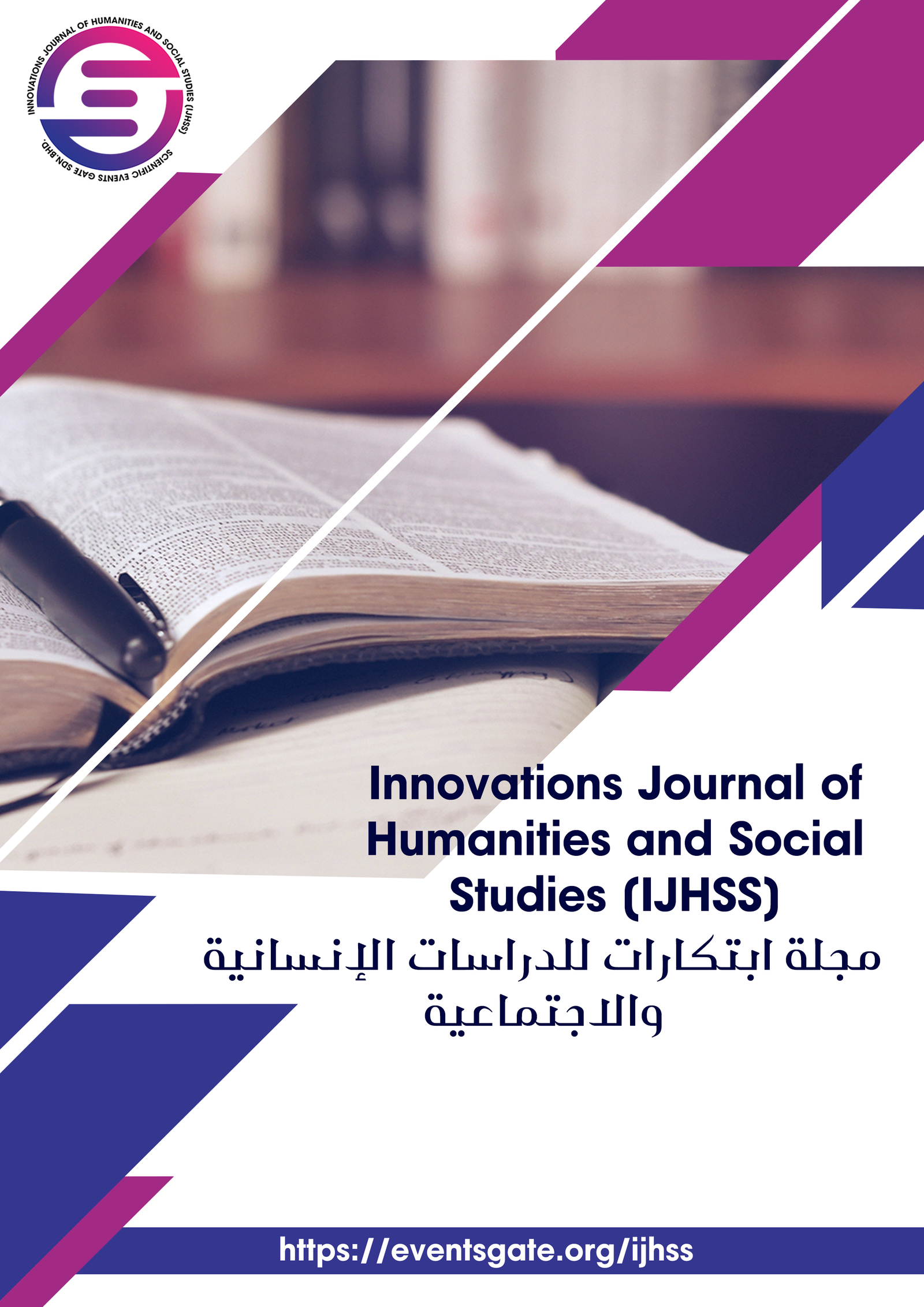The emphasis method in Surat Al-Furqan
DOI:
https://doi.org/10.61856/ijhss.v2ispc..222Keywords:
Method, Emphasis, The FurqanAbstract
The style of emphasis is one of the prominent Arabic rhetorical techniques that has attracted the attention of grammarians and rhetoricians. This technique played a significant role in Qur'anic discourse by unveiling the intricacies of the human soul. The use of emphatic structures in dialogue varies depending on the recipient's state and the context in which they are employed. My study was initiated to explore the role of this technique in a blessed Qur'anic surah, which distinctly separates two opposing groups: the group of truth and the group of delusion. This surah, Al-Furqan, portrays the events faced by the Prophet during his struggle against the arrogant and ungrateful group. The research traced how the Qur'anic text utilized the style of emphasis to affirm the five central truths presented in this surah. A descriptive and analytical approach was applied to the verses of emphasis, alongside a statistical analysis to determine the frequency of occurrence within each of these five themes, as outlined in Table (1). The study reveals that the number of emphatic expressions varies according to the condition of the audience. The research findings show that the theme of the "human battle" received the highest share of emphatic expressions, accounting for approximately 68% of all affirmations in the surah. This is due to the nature of this theme as a debate between two opposing groups, each striving to assert its arguments in defense of its beliefs and to persuade the audience. On the other hand, the theme of "cosmic scenes" did not contain any emphatic expressions, with a frequency of 0%. This is because these scenes represent universal truths that are universally accepted, leaving no room for doubt or argument from the audience.
Downloads
Published
How to Cite
Issue
Section
License
Copyright (c) 2024 ijhss

This work is licensed under a Creative Commons Attribution 4.0 International License.






